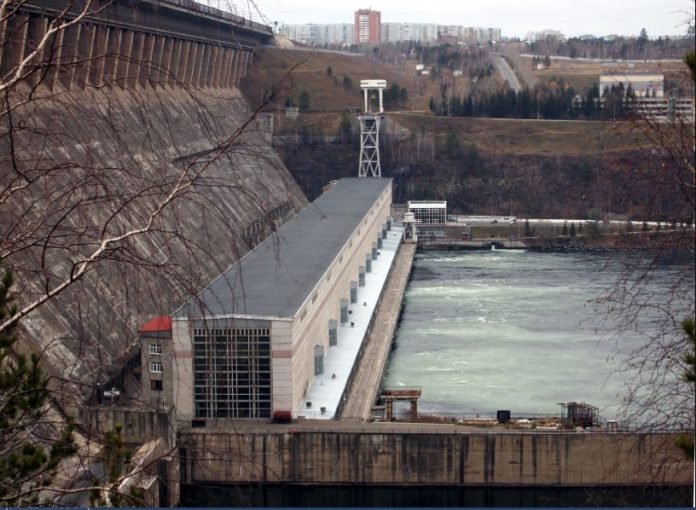The Laúca hydroelectric power station in Angola is now fully operational. Austrian company Andritz, which built and installed all the units at the plant made the announcement and said the development is a milestone that will help the country’s efforts to develop its economy and meet its electricity needs.
The Laúca hydroelectric power station has a total capacity of 2,070 MW, making it one of the largest hydroelectric power stations in Africa. It is located on the Kwanza River, on the border between the Angolan provinces of Cuanza-Nord and Malanje.
READ:Renewable Energy Forum Africa set for October in Kenya
Plant’s features
The project was initiated in 2013 and completed with the help of the Austrian company Andritz. It is characterized by a massive gravity dam that forms a reservoir spanning 200 km² with a storage capacity of 5.5 billion cubic meters of water.
Construction of the Laúca hydroelectric power station was carried out in several phases. The first unit with a capacity of 335 MW was commissioned in 2017, and the final turbine was installed in 2020. Additionally, Andritz completed the construction of a 70 MW environmental flow power station, contributing to the overall capacity.
The Laúca plant has the capacity to produce up to 8,640 GWh of electricity annually. This significant generation capacity is essential for meeting the energy demands of around 8 million Angolan households.
The construction of the Laúca hydroelectric power station was financed by the Angolan government, with support from Brazil and various financial institutions, including the Development Bank of Southern Africa (DBSA), Standard Chartered, and Gemcorp Capital, an investment company based in London, UK. The project’s total cost amounted to US $4.3bn.
According to Andritz, the Laúca power station serves as the backbone of modern grid regulation in Angola. This means it plays a crucial role in stabilizing and regulating the electricity supply across the country.





